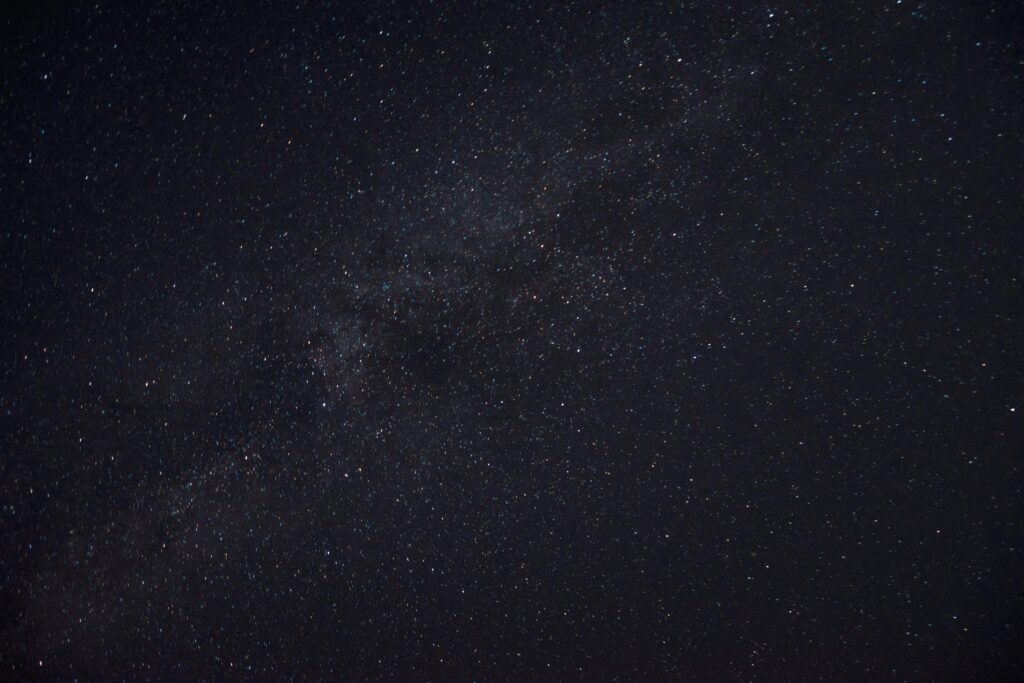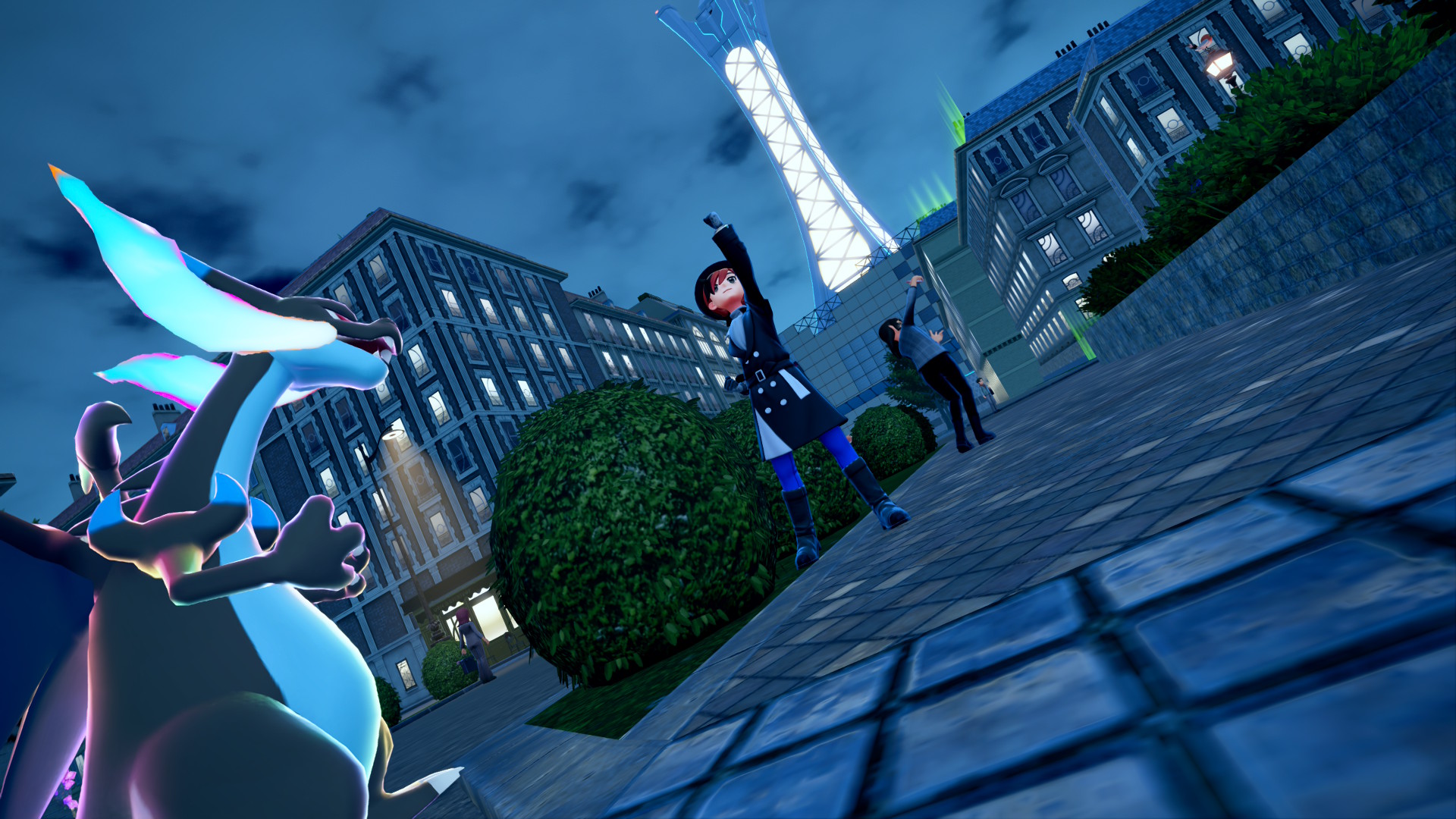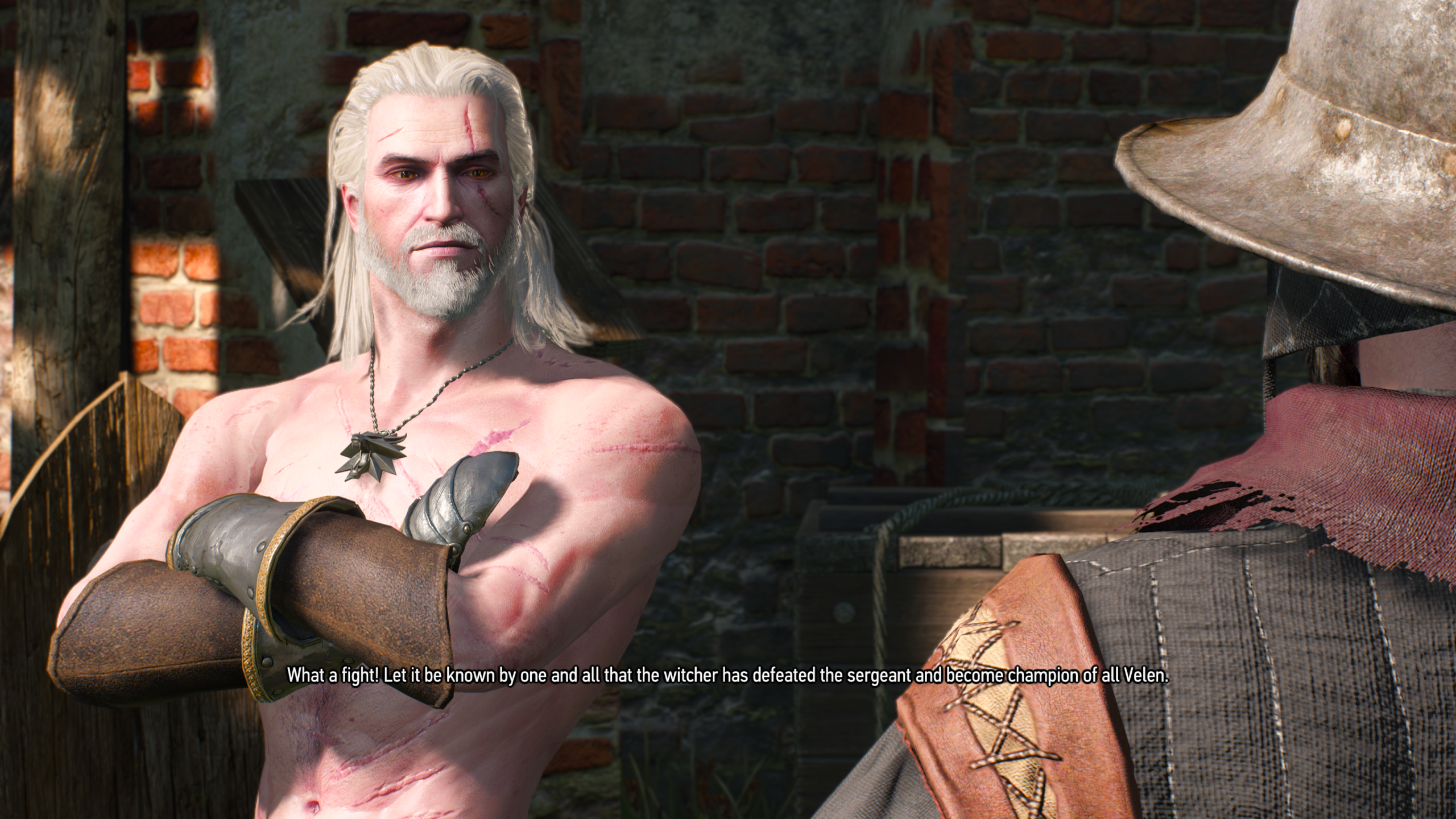
Qwoft
Video games and more
This guy plays games

And doesn’t know photoshop
From humble beginnings
Michael has been playing video games for the vast majority of his life

Michael, seen here playing games
Circa: 2002; his childhood bedroom. 100% original photo. *not edited*… probably

30+
Years of Experience
500+
Games Played
123,456,789+
Levels Gained
Who We Are
Qwoft
Not just a made up word
Actually, exactly that, but also my username for around 10 years.



